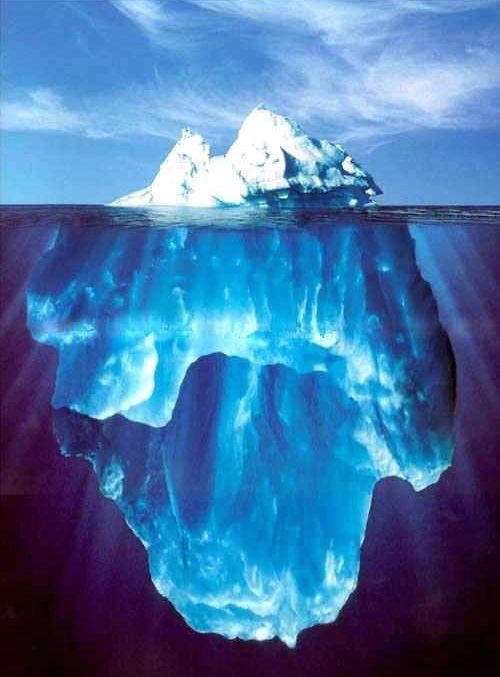

 Next: Colliding atomic clouds using a double-well trap
Next: Colliding atomic clouds using a double-well trap
The field of cold and ultracold collisions of atoms has attracted
substantial attention in recent years with an interdisciplinary
impact on physics, chemistry and quantum computation. We shall
adopt the convention that cold collisions are associated with
collision energies in the range from 1 microKelvin to 1
milliKelvin (as measured in units of Boltzmann's constant) and
ultracold collisions with energies less than 1 microKelvin. In the
latter regime all the essential interaction properties are
described by a single parameter, the s-wave scattering length and
all collisions occur via radial motion since the cross section for
angular motion vanishes asymptotically in the zero energy limit.
Experiments with atomic gases cooled to the ultracold regime have
given rise to a wealth of important achievements with the
realization of Bose-Einstein condensation as a prominent example.
Above the ultracold regime atoms may collide through angular
motion states. The present webpage is concerned with such cold
collisions and describes a novel experimental tool to measure the
non-trivial angular scattering distribution under these
conditions. The experiments are carried out with doubly
spin-polarized  atoms. However, our method could
readily be extended to other atoms, atoms in different spin
states, and to heteronuclear collisions. We believe we have seen
only the tip of the iceberg.
atoms. However, our method could
readily be extended to other atoms, atoms in different spin
states, and to heteronuclear collisions. We believe we have seen
only the tip of the iceberg.
Next: Colliding atomic clouds using a double-well trap
Up: A Collider for Ultracold Atoms
Previous: Introduction
nk
2004-11-02

